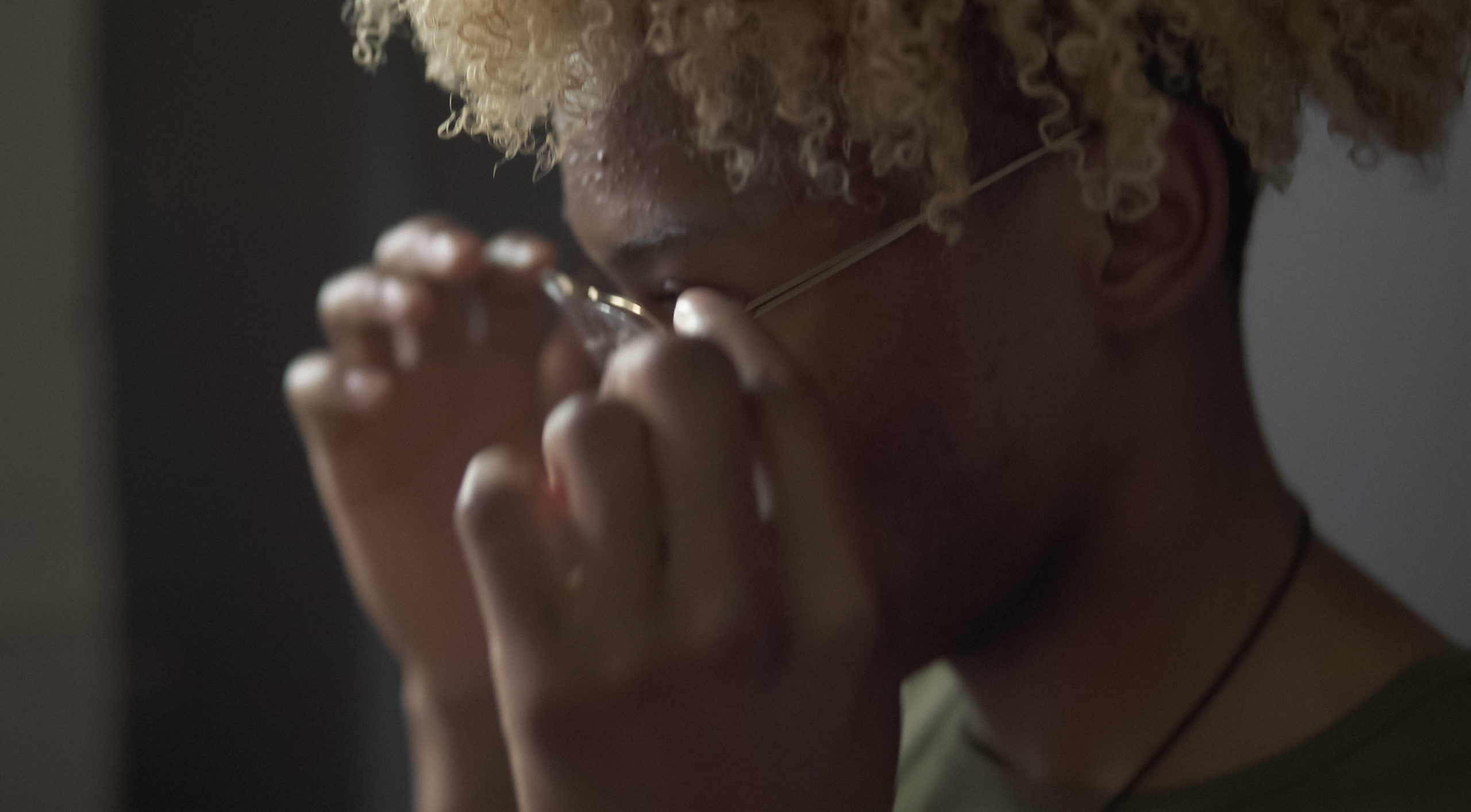This story is taken from Love 146
- At any given moment, an estimated 40.3 million people are being victimized in situations of trafficking and exploitation (including forced marriage) worldwide. 25% of these are children. (ILO)
- Human trafficking is any situation of exploitation that a person cannot refuse or leave because of threats, violence, coercion, deception, and/or abuse of power. (ILO) In the case of child sex trafficking, force, fraud, or coercion do not need to be present, and the crime is simply the exchange of any sex act with a child for anything of value.
- You’ll often hear about trafficking “hotspots.” The truth is that trafficking occurs wherever there are people. Spikes in reported trafficking may also be influenced by an increased focus in that region on research, training, or an awareness campaign promoting the national hotline.
- Children from culturally and linguistically diverse communities are more than 2x as likely to experience sex trafficking as children who identified as white. (JAMA, studies from US, Canada, and Sweden)
- Traffickers can look like anyone and don’t fit one stereotype. Love146 has connected with situations of trafficking in which exploiters have been family members, peers, romantic partners, educators, employers, community leaders, and clergy.
- Sometimes youth continue going to school, living at home, and participating in extracurricular activities – even while they are being trafficked.
